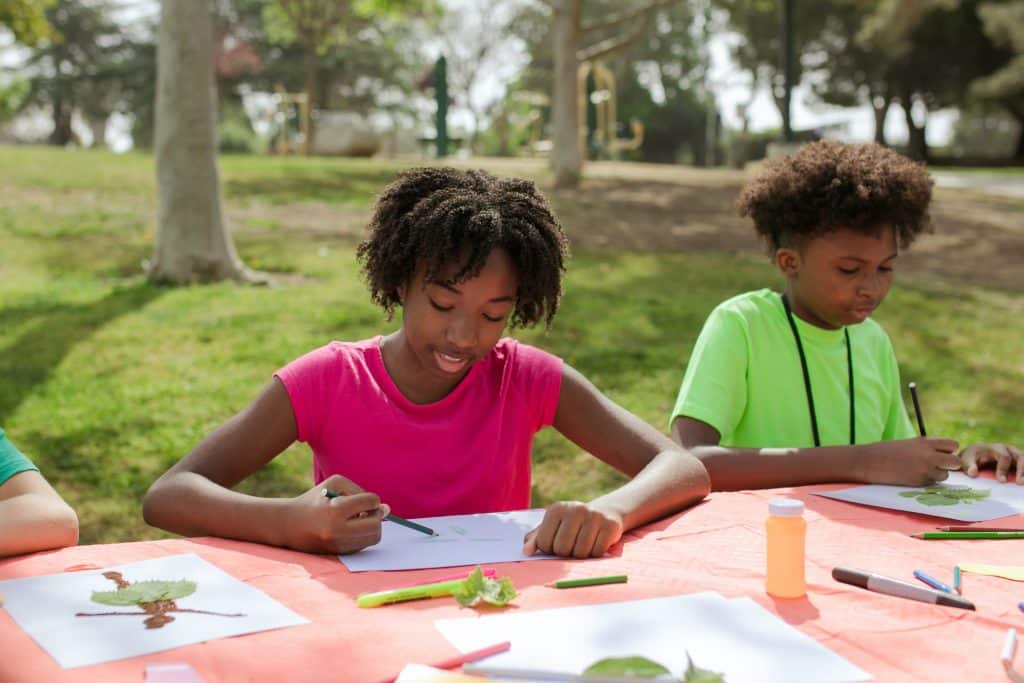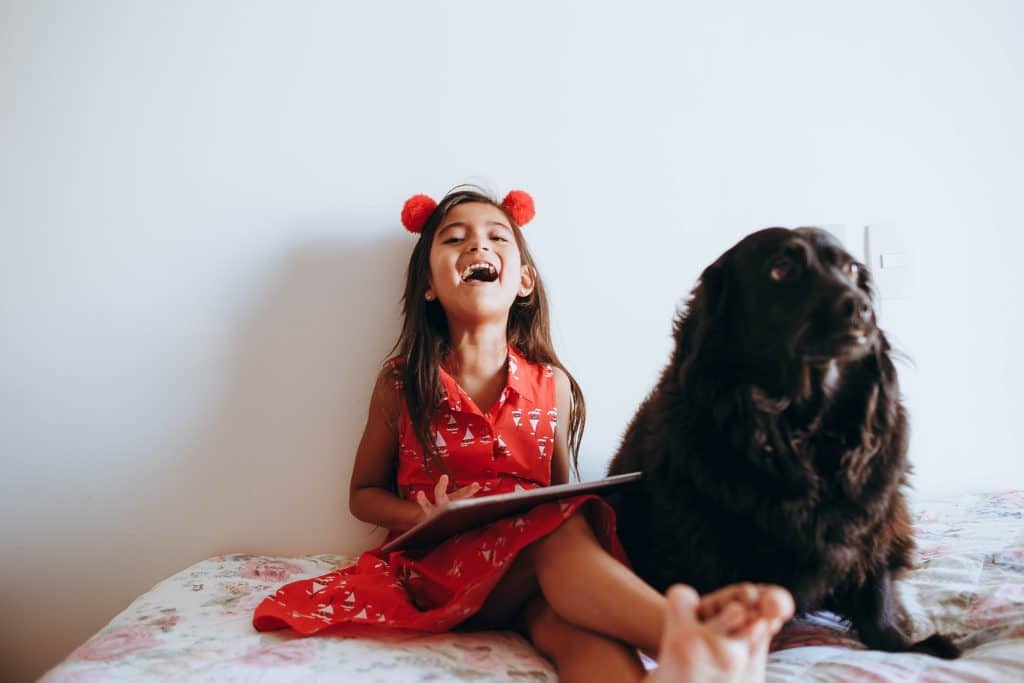Building a connection with a nonverbal autistic child starts with understanding their unique way of expressing themselves. By recognizing their gestures, vocalizations, and behaviors, you can create a supportive environment that encourages meaningful communication.
Key takeaways:
- Nonverbal communication includes gestures, facial expressions, and behaviors.
- Observe and respond to your child’s unique cues to foster connection.
- Visual supports like picture cards and schedules enhance understanding.
- AAC tools, including sign language and speech devices, can be helpful.
- Collaboration with speech-language pathologists provides personalized strategies.
Table of Contents
Understanding Nonverbal Communication
Nonverbal communication isn’t a “lesser” form of communication; it’s simply different. Nonverbal autistic kids may use a combination of the following to get their message across:
- Body Language: Facial expressions, gestures, and posture can all convey thoughts and feelings.
- Eye Contact: How your child uses (or avoids) eye contact can tell you a lot about their attention and emotional state.
- Vocalizations: Even without words, grunts, giggles, and cries hold meaning.
- Behavior: Certain behaviors may be your child’s way of expressing their wants, frustrations, or sensory needs.

Read more: Autism Communication Cards | Free Printable
Strategies for Connection
Ready to try some new ways of communicating? Here are some tips:
1. Observe and Decode
Pay close attention to how your child communicates now. Do they reach for a cup when thirsty? Point towards their favorite show? Understanding their current cues will help you build upon them.
2. Embrace the ABCs
- Antecedent: What happened right before the behavior?
- Behavior: What did you observe (body language, vocalizations, etc.)?
- Consequence: How did you or others respond and what was the result?
Thinking about communication within the ABC framework helps you identify patterns and tailor your responses.
3. Meet Them Where They Are
If your child enjoys making noises, don’t insist on quiet picture cards right away. Meet them in their world first. Imitate those noises back to them with a smile, showing interest in how they choose to communicate.
4. Visuals to the Rescue
Visual supports can be incredibly powerful! Here are a few ways to use them:
- Picture Cards: Images for common items, actions, and feelings help your child make requests and express themselves.
- Schedules: Visual schedules provide predictability and can reduce communication-related frustration.
- Social Stories: These short stories, often with pictures, help kids understand social situations and expectations.
5. Consider Augmentative and Alternative Communication (AAC)
AAC encompasses a wide range of communication tools and methods, including:
- Sign Language: A visual language with its own vocabulary and grammar.
- PECS (Picture Exchange Communication System): Kids learn to exchange picture cards for desired items.
- Technology-Based AAC: Devices with voice output, allowing users to select symbols or words to communicate.

Read more: Can My Child With Nonverbal Autism Understand Me?
Important Reminders
- Collaborate with Professionals: A speech-language pathologist (SLP) is your best partner in this journey. According to Temple Grandin, autistic advocate and author, visual supports and sign language should be emphasized during communication sessions ([invalid URL removed]).
- Patience Is Key: Learning new communication skills takes time. Celebrate every little effort and try not to get discouraged!
Building a strong connection with your nonverbal autistic kid is possible! By embracing their unique style, using thoughtful strategies, and seeking support when needed, you can unlock a world of understanding and shared experiences.
Goally | Visual Scheduler for Autism
Does your child struggle with getting ready in the morning independently? Goally’s routine app on the best tablet for kids breaks down large tasks into small, achievable steps for autistic kids. Create custom routines with your own videos & pictures for every step.
Communicating with a nonverbal autistic child can be challenging, but it also offers chances for growth and connection. By accepting your child’s unique style, using the strategies discussed, and being patient, consistent, and loving, you can build a strong bond. Remember, communication is more than words—it’s about understanding and respect. Stay open, adaptable, and willing to learn, and you’ll find the valuable rewards of breakthrough moments and shared connection with your child.
Resources:
FAQs About How to Communicate With Non Verbal Autistic Child
What is nonverbal autism? Nonverbal autism means a person has difficulty communicating using spoken words. But, they can still communicate in many other ways! How can I communicate with my nonverbal autistic child? Pay attention to their body language, facial expressions, and sounds. Use visual supports like pictures or sign language to aid in communication. What are some examples of visual supports? Picture cards, visual schedules, and social stories are all great visual supports for nonverbal learners. What is AAC? AAC (Augmentative and Alternative Communication) refers to tools and methods that help nonverbal individuals communicate, such as sign language, picture exchange systems (PECS), and technology-based speech output devices. Where can I learn more about communicating with a nonverbal autistic child? Consult with a speech-language pathologist (SLP) and check out resources like Autism Speaks, The Hanen Centre, and Ollibean for additional support and information.
This post was originally published on 10/29/2022. It was updated on 01/29/2025.
Emily is a seasoned blog writer for Goally, leveraging her extensive background in child psychology and special education to provide valuable insights and resources for parents. Her commitment to understanding and addressing the unique needs of these children, combined with her expertise in educational strategies, makes her a credible and empathetic voice for families.






